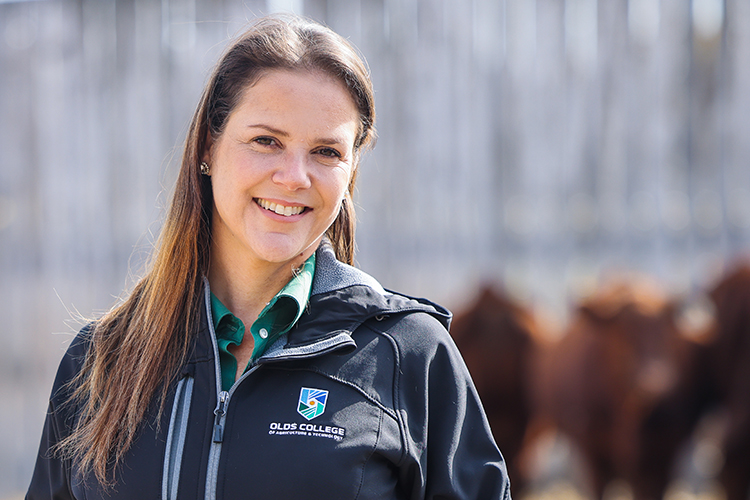Canadian-led study akin to antimatter forensics

A Canadian-led investigation has opened a new chapter in antimatter research.
In a study published today in Nature, the ![]() ALPHA Collaboration reports the first detailed observation of spectral lines from an antimatter atom.
ALPHA Collaboration reports the first detailed observation of spectral lines from an antimatter atom.
"Spectral lines are like fingerprints," says lead author ![]() Michael Hayden a Simon Fraser University (SFU) physics professor. “Every element has its own unique pattern.”
Michael Hayden a Simon Fraser University (SFU) physics professor. “Every element has its own unique pattern.”
There is one (possible) exception: matter and antimatter are believed to be mirror images of one another, and so the spectral lines of antimatter atoms should be precisely the same as those of their normal atom counterparts. Whether or not this is true is unknown. Until now, scientists have only had glimpses of antimatter spectral lines, and comparisons with normal matter spectral lines have been coarse.
The ALPHA Collaboration studies antihydrogen, the antimatter counterpart of the ordinary hydrogen atom. Their experimental results show a particular set of spectral lines in antihydrogen match those in hydrogen very well. The team plans to zoom in much closer to check if subtle discrepancies exist between the two atoms on a yet finer scale.
Conducted at the ![]() CERN laboratory in Geneva, the research involves irradiating antihydrogen atoms with microwaves, similar to those used to communicate with satellites. When this is done, the anti-atoms reveal their identity by emitting or absorbing energy at very specific frequencies. That pattern, or spectrum, of frequencies corresponds to the “fingerprint” described by Hayden.
CERN laboratory in Geneva, the research involves irradiating antihydrogen atoms with microwaves, similar to those used to communicate with satellites. When this is done, the anti-atoms reveal their identity by emitting or absorbing energy at very specific frequencies. That pattern, or spectrum, of frequencies corresponds to the “fingerprint” described by Hayden.
“One of the challenges we face is that matter and antimatter annihilate when they come into contact with one another,” says Justine Munich, an SFU physics PhD candidate. “We have to keep them apart. We can’t just put our anti-atoms into an ordinary container. They have to be trapped or held inside a special magnetic bottle.”
“By studying the properties of anti-atoms we hope to learn more about the universe in which we live,” says Hayden. “We can make antimatter in the lab, but it doesn’t seem to exist naturally except in miniscule quantities. Why is this? We simply don’t know. But perhaps antihydrogen can give us some clues.”
This article was adapted with permission from ![]() Simon Fraser University.
Simon Fraser University.
Up next

Advancing Reproductive Efficiency & Stress Management in Beef Heifers
The primary goal of a cow-calf operation is to produce one calf per cow per year. However, the journey to achieving this reproductive success is fraught with challenges influenced by a variety of factors, including genetics, nutritional status, and stress, each playing a crucial role in the performance of heifers.